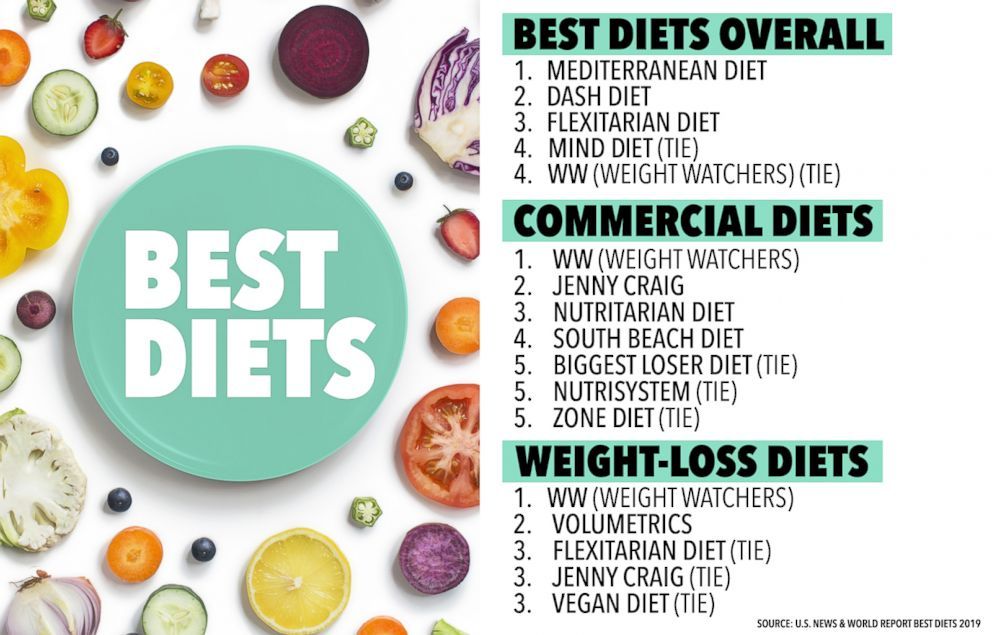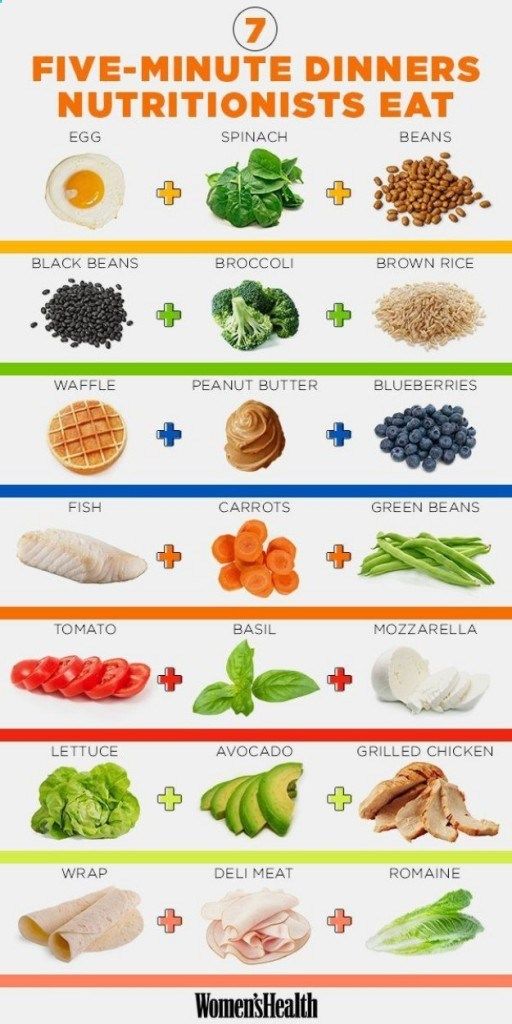
The DASH diet is a popular weight loss plan. This diet is based in part on the Mayo Clinic principles. While this diet is very popular, there are some things that may make it less successful for some people. This article will discuss the advantages and the foods you should avoid. It is also covered what the DASH diet costs. Read on to find out more.
DASH diet has health benefits
The DASH diet is a good choice for anyone looking to lose weight. You will need to eat specific portions of various food groups. These are determined by your calorie intake. The diet includes whole grains such as whole wheat bread and breakfast cereals. All vegetables such as tomatoes and lettuce are allowed. Those on the DASH diet should limit their sodium intake to less than two hundred milligrams per day.
When you are preparing meals, make sure to include plenty of vegetables and fruits. Limit your intake of red and processed meats. Look out for fat-free milk products and stick with lean sources of protein. DASH diet is all about limiting saturated fats, and sugar. A second option is to choose low-calorie beverages.
DASH diet food suggestions

DASH emphasizes vegetables, fruits, and whole grains. The DASH diet also restricts red and processed meats, as well as sugar and salt. It is generally low-fat. DASH also restricts red meat and processed food. For the best results, you should follow the DASH Diet. There are some things you can do to modify the DASH diet if you are already following it.
Blood pressure is an overall measure of the force exerted on organs and blood vessels by the DASH diet. It can be measured in two numbers: the systolic (pressure while the heart beats) and the diastolic (pressure in blood vessels between heartbeats). This diet can reduce blood pressure and be beneficial to those suffering from high blood pressure.
Foods to avoid in a DASH diet
Certain foods are not recommended for the DASH Diet. Although most adults have blood pressures less than 120/80, those with high blood pressure are considered high. High blood pressure is defined by blood pressures greater than 140/90. People who have these conditions should avoid the DASH diet. The DASH Diet has been proven to lower blood pressure.
Processed food is something you should stay clear of when adhering to the DASH Diet. Processed foods can have high sodium levels. Fresh foods have lower sodium levels and are richer in fiber, vitamins, and minerals. Look out for foods with lower sodium contents in the outer aisles. They can be fresh fruits and vegetables as well as low-fat dairy and even nuts. Avoid processed foods if possible and choose fresh fruits and vegetables instead.
DASH diet: Cost

A DASH diet is an important step towards a healthier lifestyle. DASH means that you make several lifestyle changes. Your meals will be rich in fruits and vegetables, as well as good sources of protein. You'll also swap refined grains for whole ones. Choose fat-free dairy products instead of butter and choose lean meat and fish. Reduce your intake of saturated fats, and add sugars. You can also choose to drink water and low-calorie drinks in place of sodas.
DASH diet may be a good choice if your blood pressure is high. The DASH diet will reduce your systolic blood sugar by approximately 4 milligrams, and your diastolic by approximately 2 milligrams. DASH diet focuses on fruits and vegetables and lean protein, while avoiding red and processed meats. It is low in fat which can help reduce your risk of stroke and heart disease.
FAQ
How do I learn how to cook like an expert?
Cooking can help you become a better person. Being able to cook healthy food is a great skill to improve self-confidence. Begin cooking at your own home if you are looking to improve your culinary skills. It is important to discover what type of recipes you enjoy. Read books about various foods such as Chinese, Mexican, and Italian. Finally, practice making different dishes until you feel comfortable doing them.
How Do I Learn About Cooking?
There are many cooking classes available all over the country. Many schools offer courses on baking, pastry, or wine tasting. You can take a class at your local vocational school or community college if you are interested in learning more about cooking.
Where can you find free online cooking courses?
Many websites offer free cooking classes. YouTube offers many videos on how to cook various meals. Some sites offer thousands of recipe options. Although you will have to pay a monthly fee for these sites, you can always try them for free for 30 consecutive days.
Do I need any special equipment to cook?
To learn to cook, you don’t need to have any special equipment. However, the right tools can make it easier to cook. To make pasta easier, you can use a knife to cut the pasta and a whisk to whip up egg whites to stiff peaks. You can make cooking more enjoyable and easier by having the right tools.
What are the Essential Skills to Be a Chef?
To be a chef you need a bachelor's level in culinary arts. You will also need to pass several tests administered by ACF. After completing these requirements, you will be awarded a certificate that confirms your qualifications.
What is the average time it takes to become a chef? What is the average career path in this field?
A chef's career takes about five years. During this time, you will study basic cooking techniques and gain experience working as a kitchen assistant. After your training is complete, you will be eligible to apply for a job as a sous chef, executive chef, or line cook. The average salary for a chef ranges from $25,000 to $60,000 per year.
Statistics
- The median pay for a chef or head cook is $53,380 per year or $25.66/hour, according to the U.S. Bureau of Labor Statistics (BLS). (learnhowtobecome.org)
- under 10 Kids have been taught that there is special food just for them, and Fiese says that 10 percent of kids will throw a tantrum if they don't get the food they want. (washingtonpost.com)
- In the United States, the category is estimated at $23.2 billion annually and is growing faster than the market. (washingtonpost.com)
External Links
How To
How to make the perfect omelet
Omelets are my favorite breakfast dish. How can you make them perfectly? There are many recipes and methods I tried, but none worked. So today, I want to share some tips and tricks with you so you can make your own delicious and fluffy omelets every morning.
When making omelets, it is important to be aware that eggs can be temperamental. The eggs must be fresh from an organic source and kept at room temperature until they are ready to be cooked. You must keep them cool enough to allow the whites to form properly and the yolks to become too runny if they're not kept at the right temperature. This can make your omelets look bizarrely colored. It is best to use room-temperature eggs if you are going to cook them right away.
Another tip is to separate the egg before adding it to the pan. The yolk and white should not be mixed together as this can cause the omelet's curdle.
The egg can burn if it is placed directly on the stovetop. Instead, heat the egg for 10 seconds in the microwave before placing it in the pan. The heat from the microwave cooks the egg just enough without overcooking it.
Let's now talk about mixing eggs. When you mix eggs together, you want to beat them well. You need to turn the bowl of the mixer upside down. Next, shake the bowl vigorously. This allows the air to be whipped and the egg to be mixed thoroughly.
Now it's time to have fun: pour the milk into the mixture. Fold the eggs in the milk mixture by first pouring half of it into the egg whites. Do not worry if you see streaks of egg; they will disappear when the omelet is flipped.
After folding the eggs fold the pan onto medium heat. When the oil starts to hot, wait for the pan to cook. Once the oil has gotten hot, add 1/4 cup of butter and swirl it around so that the entire pan is coated. Now carefully crack open the lid of the pan and sprinkle salt into the pan. A pinch of salt will prevent your omelet from sticking in the pan.
Once the omelet forms, cover the pan again. Let the top side set completely. Flip the omelet by using a spatula. Cook the other side for another minute or two. Serve immediately after removing the omelet from its pan.
This recipe works best using whole milk. Skimmed milk is also possible.